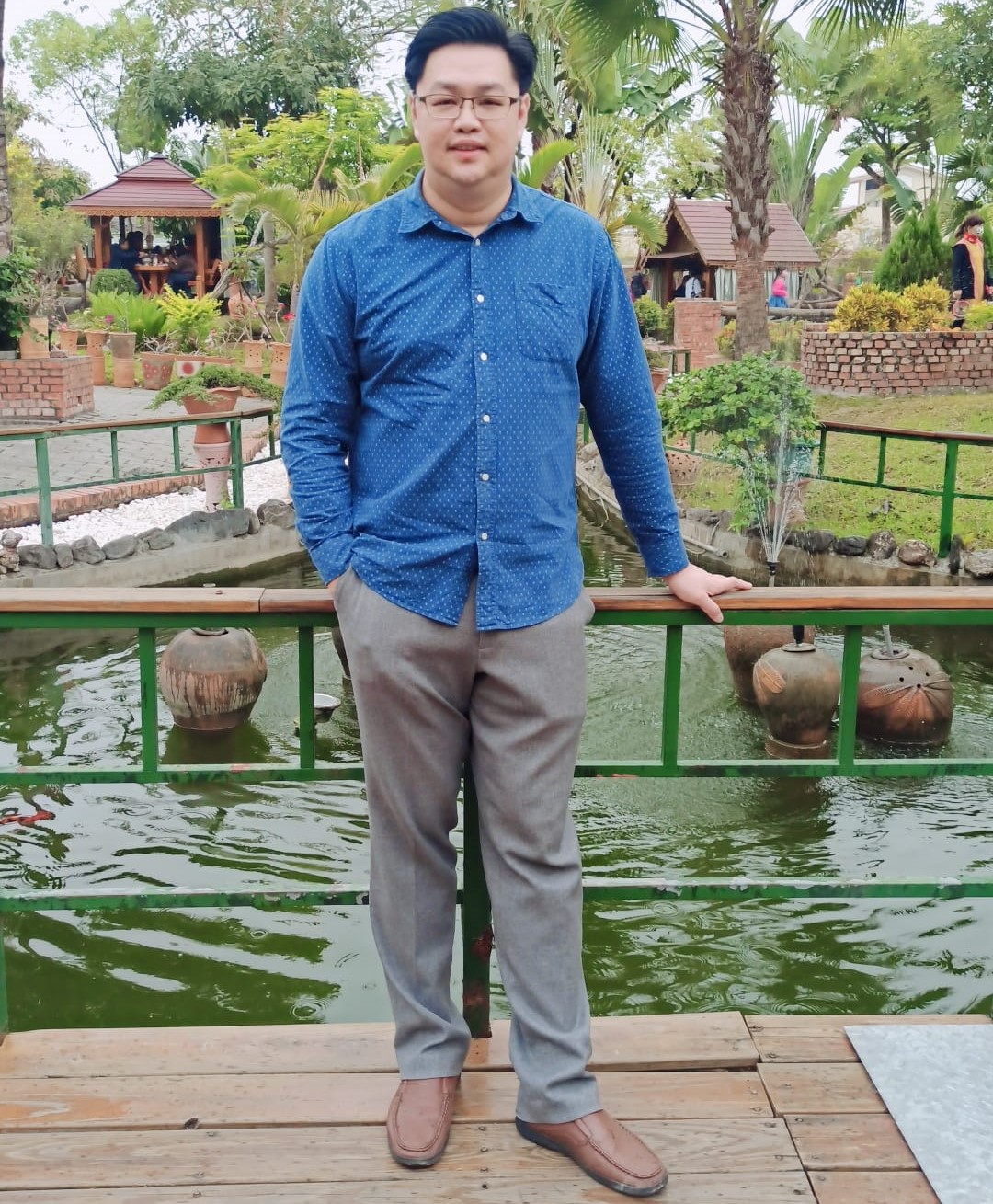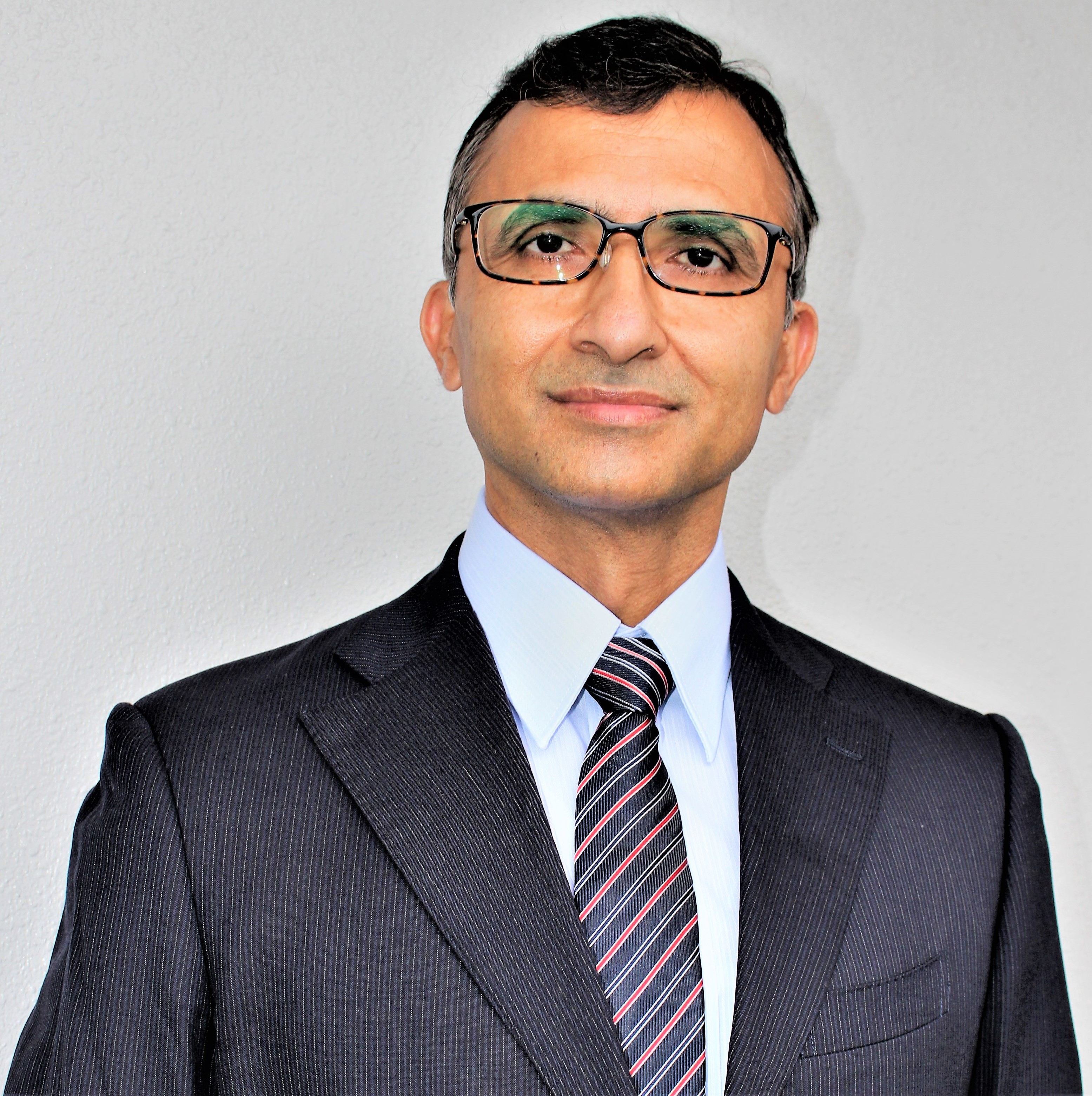The 24th Asia-Pacific Network Operations and Management Symposium
Intelligent Management for Enabling the Digital Transformation
Special Sessions
Special Session (SS1)
Wednesday, September 6, 2023, 16:50-17:50 Track II
Theme:Digital transformation beyond 5G/6G era
Chair: Kyoung-Youl Kim (KT, Korea)
- SS1-1 (16:50 ~ 17:20)
Digital transformation in the Beyond 5G and AI era
Chuan-Sheng Lin (National Kaohsiung University of Science and Technology, Taiwan)
- SS1-2 (17:20 ~ 17:50)
Sustainable and inclusive future society through digital transformation in the Beyond 5G/6G era
Hajime Matsuoka (Fujitsu, Japan )
Special Session (SS2)
Thursday, September 7, 2023, 16:50-17:50, Track II
Theme: Intelligent Management use cases for Industry verticals
Chair: Woojin Seok (KISTI, Korea)
- SS2-1 (16:50 ~ 17:20)
Research on Integrated Network Control Architecture for Terrestrial and Non-Terrestrial Network Convergence
Ved P. KAFLE and Mariko SEKIGUCHI (NICT, Japan) - SS2-2 (17:20 ~ 17:50)
From Pixels to Connectivity: Extending the Impact of AI
Hyunseung Choo (Sungkyunkwan University, Korea)
Speaker 1
Digital transformation in the Beyond 5G and AI era
- Chuan-Sheng Lin (National Kaohsiung University of Science and Technology, Taiwan)
-
 Dr. Chuan-Sheng Lin is an assistant professor at the Department of Intelligent Commerce, National Kaohsiung University of Science and Technology, Kaohsiung, Taiwan. His research interests include the Internet of Things (IoT), mobile networks, and edge computing.
Dr. Chuan-Sheng Lin is an assistant professor at the Department of Intelligent Commerce, National Kaohsiung University of Science and Technology, Kaohsiung, Taiwan. His research interests include the Internet of Things (IoT), mobile networks, and edge computing.
- Summary of Presentation
-
Digital transformation is impacting enterprises, governments, and citizens today. Digital transformation improves all fields by involving social media, AI, smart devices, mobile networks, edge computing, etc. Significantly mobile networks have changed the world dramatically. The key features of 5G, like enhanced mobile broadband (eMBB), ultra-reliable and low latency communications (URLLC), and massive machine-type communications (mMTC), bring the hard-to-accomplish services from theory to the front like digital twin, metaverse, etc. AI is also a major technology for improving performance in all fields including mobile networks and digital transformation. Digital transformation is the main foundation of Industry 4.0, it leads new technology into manufacturing and organizes for constructing creative procedures and services. In this speech, I will introduce the challenges and opportunities of Digital transformation with the new mobile networks and new technology in the next decade.
Speaker 2
Sustainable and inclusive future society through digital transformation in the Beyond 5G/6G era
- Hajime Matsuoka (Fujitsu, Japan )
-
 Hajime Matsuoka received his Master’s degree in Public Administration from National University of Singapore. He joined Fujitsu Ltd. in 2022 and is a manager, Strategy Office, 6G Infrastructure Strategy and Planning Division. He is now in charge of public relations and government relations in the field of 6G. From 2004 to 2022, he worked for Japan International Cooperation Agency(JICA) and has engaged in official development assistance for developing countries especially in Southeast Asia.
Hajime Matsuoka received his Master’s degree in Public Administration from National University of Singapore. He joined Fujitsu Ltd. in 2022 and is a manager, Strategy Office, 6G Infrastructure Strategy and Planning Division. He is now in charge of public relations and government relations in the field of 6G. From 2004 to 2022, he worked for Japan International Cooperation Agency(JICA) and has engaged in official development assistance for developing countries especially in Southeast Asia.
- Summary of Presentation
-
Fujitsu envisions the society in the Beyond 5G/6G era as sustainable and inclusive society. Digital technology will make society sustainable and inclusive through addressing environmental, economic and well-being issues. Technology in the Beyond 5G/6G will shape a physical-digital converged world and it will contribute to solving several social issues and empower people and society. In this presentation, it will be presented how the digital technology will change the society in the Beyond 5G/6G era.
Speaker 3
Research on Integrated Network Control Architecture for Terrestrial and Non-Terrestrial Network Convergence
- Ved P. KAFLE and Mariko SEKIGUCHI (NICT, Japan)
-
 VED P. KAFLE received the B.E. degree in electronics and communications engineering from Punjab Engineering College, Chandigarh, India, the M.S. degree in computer science and engineering from Seoul National University, South Korea, and the Ph.D. degree in informatics from the Graduate University for Advanced Studies, Japan. He joined the National Institute of Information and Communications Technology, Tokyo, Japan, as a Researcher in 2006, and is currently working as a Research Manager. His recent research interests include 5G and beyond network architectures, Internet of things (IoT), network resource management, network operation automation by AI/machine learning, and standardization. He has been serving as a Rapporteur of ITU-T Study Group 13 since 2014. He received the ITU Association of Japan’s Encouragement Award and Accomplishment Award in 2009 and 2017, respectively. He received the Nepali Diaspora ICT Award 2022 (The Biggest Tech Award of Nepal) in 2022 and the Information and Communication Technology Award (TTC Chairman's Commendation) from Japan in 2023.
VED P. KAFLE received the B.E. degree in electronics and communications engineering from Punjab Engineering College, Chandigarh, India, the M.S. degree in computer science and engineering from Seoul National University, South Korea, and the Ph.D. degree in informatics from the Graduate University for Advanced Studies, Japan. He joined the National Institute of Information and Communications Technology, Tokyo, Japan, as a Researcher in 2006, and is currently working as a Research Manager. His recent research interests include 5G and beyond network architectures, Internet of things (IoT), network resource management, network operation automation by AI/machine learning, and standardization. He has been serving as a Rapporteur of ITU-T Study Group 13 since 2014. He received the ITU Association of Japan’s Encouragement Award and Accomplishment Award in 2009 and 2017, respectively. He received the Nepali Diaspora ICT Award 2022 (The Biggest Tech Award of Nepal) in 2022 and the Information and Communication Technology Award (TTC Chairman's Commendation) from Japan in 2023.
- Summary of Presentation
-
The integrated monitoring and control of both terrestrial and non-terrestrial networks is being essential for offering high-quality communication services not only in cities and developed areas but also in rural and remote areas such as islands, mountains, and deserts. For this purpose, research and development of integrated network control architecture for terrestrial and non-terrestrial network convergence has been progressing rapidly. Research has focused on extending the network control mechanisms of terrestrial 5G network and cloud platform-based data networks to non-terrestrial network components such satellites and high-altitude platform systems (HAPS).
In this talk, we present a framework of the integrated network control architecture (INCA), and the related research and standardization activities. We provide an overview of the design and development of a work-in-progress experimental system of the integrated network control system, which can monitor and control the operations of non-terrestrial network emulator/simulator, 5G mobile testbed, and data network configured in virtualized network platforms.
Speaker 4
From Pixels to Connectivity: Extending the Impact of AI
- Hyunseung Choo (Sungkyunkwan University, Korea)
-
 Hyunseung Choo (PhD, University of Texas at Arlington, USA; MS, University of Texas at Dallas; BS, Sungkyunkwan University (SKKU), Korea) is the Professor in College of Computing and Informatics, SKKU, and Director of the ICT Creative Consilience program supported by the Ministry of Science and ICT (MIST), Korea. Previously, Choo was the Head of 6G Mobile Core (AI/Cloud Native) Planning Division under MIST, and the Director of the Intelligent HCI Convergence Research Center supported by the Ministry of Knowledge Economy. He has also served as technical adviser of Samsung Electronics DMC R&D Center (Next generation interaction). Choo specializes in AI networking, network softwarization,and intelligent multiaccess edge computing, with over 510 publications in international journals and refereed conferences, and 29 international (USA, EU, Japan) and 238 domestic patents (S. Korea) in the field of mobile networks and medical AI with intelligence and autonomicity. He has received two excellence awards and one commendation award over the years by MIST. Choo has been Editor-in-Chief of the Journal of Korean Society for Internet Information for three years and Journal Editor of ACM Transactions on Internet Technology, Journal of Communications and Networks, Journal of Supercomputing, and Founding Editor of Transactions on Internet and Information Systems since 2010. He is a member of the ACM, IEEE, and IEICE.
Hyunseung Choo (PhD, University of Texas at Arlington, USA; MS, University of Texas at Dallas; BS, Sungkyunkwan University (SKKU), Korea) is the Professor in College of Computing and Informatics, SKKU, and Director of the ICT Creative Consilience program supported by the Ministry of Science and ICT (MIST), Korea. Previously, Choo was the Head of 6G Mobile Core (AI/Cloud Native) Planning Division under MIST, and the Director of the Intelligent HCI Convergence Research Center supported by the Ministry of Knowledge Economy. He has also served as technical adviser of Samsung Electronics DMC R&D Center (Next generation interaction). Choo specializes in AI networking, network softwarization,and intelligent multiaccess edge computing, with over 510 publications in international journals and refereed conferences, and 29 international (USA, EU, Japan) and 238 domestic patents (S. Korea) in the field of mobile networks and medical AI with intelligence and autonomicity. He has received two excellence awards and one commendation award over the years by MIST. Choo has been Editor-in-Chief of the Journal of Korean Society for Internet Information for three years and Journal Editor of ACM Transactions on Internet Technology, Journal of Communications and Networks, Journal of Supercomputing, and Founding Editor of Transactions on Internet and Information Systems since 2010. He is a member of the ACM, IEEE, and IEICE.
- Summary of Presentation
-
There exists a similarity between pixels patterns in images and users connectivity/mobility patterns in cellular networks that opens an opportunity to exploit well established AI techniques in imaging for networks. Benefiting from this correlation, generative and predictive AI from medical imaging are adapted for proactive operations, management, and orchestration in Beyond 5G (B5G) cellular networks. Transformation of our effective generative and predictive AI methods for translating fundus images and forecasting bone age, respectively, is showcased for intelligent mobility, localization, and traffic engineering use cases in B5G. Main emphasis is on describing how well-established AI techniques in the field of medical imaging and computer vision are adapted to particular network use case requirements through data pre-processing and simple model variations. Difficulties faced, experiences gained, and lessons learned in this transformation are shared to identify the challenges that lay ahead and accelerate AI innovation in future networks.